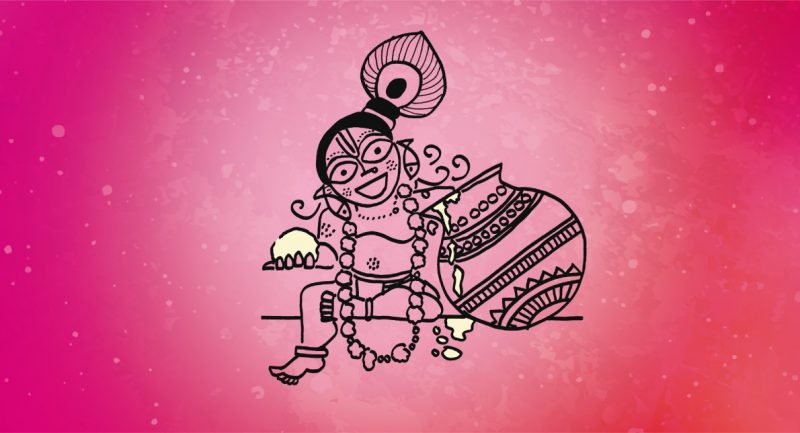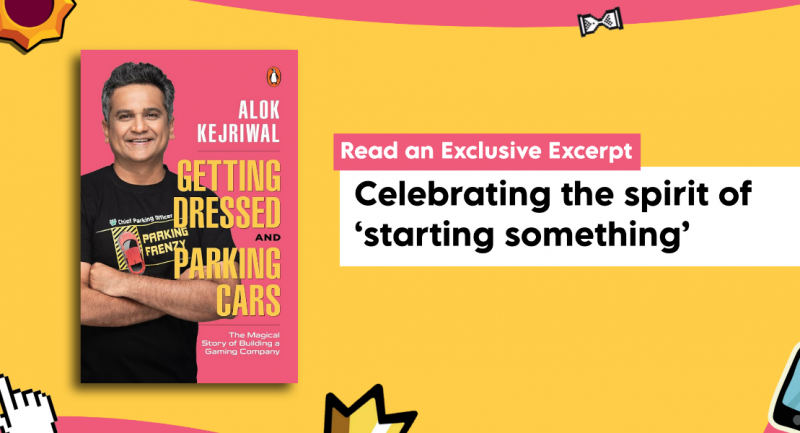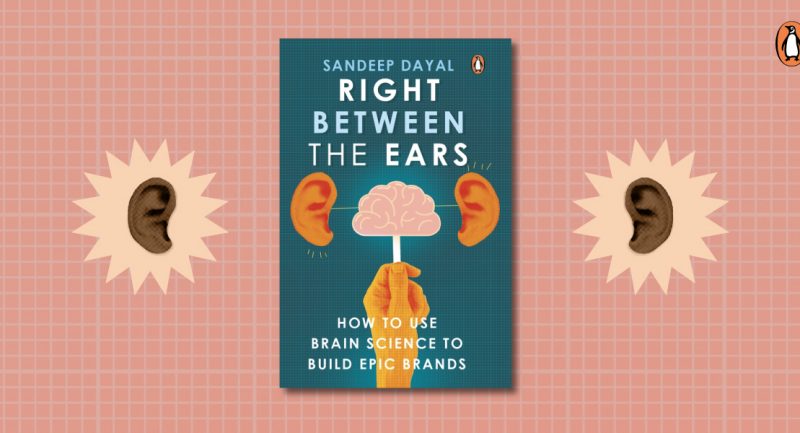
India is the only country in the world which has two traditions of classical music—those of the South or the ‘Carnatic’ and the North or ‘Hindustani’. However, I prefer to call it just music. The basis of all music in the world is the same—seven notes. Sa Re Ga Ma Pa Dha Ni in Indian classical music and Do Re Me Fa So La Ti in Western classical. If we include the half-tones that are the sharps and flats, we get a total of twelve notes. Music connects the whole world; it does not belong to any one race or religion.
The future of Indian classical music will always be bright. We are fortunate to have had such strong pillars of music like Swami Haridas, Swami Purandar Dasa, Swami Muthuswami Dikshitar, Syama Sastri, Swami Thyagaraja, Swathi Thirunal, Miyan Tansen and Baiju Bawra in our country. With their blessings, there are a large number of talented young musicians in India today. Indian classical music has always been, and will continue to be, an integral part of our identity. It does not belong only to the world of entertainment; it is a way of life based on dedication, surrender, faith, trust, spirituality, religion, and rigorous practice and discipline. No matter which gharana or guru a student of Indian classical music belongs to, they must surrender completely to their guru and to the Almighty. It is almost like entering a dark tunnel with the hope of seeing the sun someday. It might sound impractical, but this is how it is. There is no formula here. Many times, people ask me if their son or daughter will ‘make it’ as a classical musician. I have no answer to this question because there never was and never will be a magic mantra.
Over the years, I have seen a change in the attitude of disciples. While some are epitomes of dedication and grace, others want to become superstars overnight and, in the process, shift their focus away from their path to the extent of disagreeing and questioning what the guru has to say. Classical music is not for someone who is in search of glamour and overnight fame. Years and hours of practice and dedication go into the making of a classical musician.
Today, electronic and social media are largely encouraging the kind of music which is not classical. But true classical musicians are not created by the media. The listeners of our country are fairly selective. Nobody can impose an artist on them. The only way for a young musician to succeed is to work hard, practise rigorously and maintain strict discipline. This is not restricted to music alone, but extends to Indian rules of etiquette (tehzeeb and tameez) as well.

I disagree with those who say that Indian classical music is a dying art form. We must understand a few things here. It was never for the masses to begin with. It was originally performed only in private mehfils, with concert hall performances being a recent phenomenon. Today, classical musicians perform at venues like Carnegie Hall, Royal Albert Hall and Sydney Opera House to packed auditoriums. You are talking about an audience fighting against the ninety to hundred odd television channels at home! Likewise, in India, when I see huge venues filling up, I don’t think we can really complain. It is the responsibility of the artist to make the youth relate to their music. The kind of attention that Bollywood and the fashion industry are receiving today from mainstream media, Indian classical music got three decades ago! In the sixties and seventies, musicians would play ragas for two to three hours. Frankly, after maybe an hour, it was all repetition. However, due to this attitude of artists who perhaps wanted to prove a point, a section of listeners drifted away to easy listening. One must keep in mind that no books or shastras ever mentioned how classical music should be presented. By bringing it in sync with times, one cannot be faulted for diluting it at all.
I believe in being traditional, not conventional. In the early eighties, I had recorded an album of short pieces around ragas. At the time, I was criticized for not going into too much detail of the ragas, but I am happy that today this has become a trend. I see the great journey of Indian classical music being carried forward by brilliant young musicians who have a readymade repository—painstakingly put together by my contemporaries and me through years of hard work and research—to build on. Thanks to the Internet, websites like YouTube, gadgets like iPods, DVDs and CDs, we can be in every home in the world. It makes me happy to see dedicated young musicians who are also committed performers. I wish them a bright and successful future and I am sure that our classical music and legacy will flourish not only in India but all over the world. I am also heartened by the response of the rest of the world to our country and its musical tradition.
One area that touches me deeply is culture. Reared on a diet of tradition and continuity, it is challenging to live in a modern world with classical values. Yet, I chose to belong to a system where oral knowledge is passed from guru to student during actual music lessons. I often feel I am standing at a crossroads. Where do we go from here? How will classical music evolve? There is a deluge of pop and so-called fusion, remixed ragas and experimental music—great work is being done. The instant success of any of these, as opposed to the long hours of dedication required in the traditional set-up, sometimes stands in the way of progress. I think it is wonderful to imbibe from different cultures all over the world, but let’s not forget who we are or what we have to offer. We need to be, first and foremost, proud of ourselves, of our own accomplishments. Exposure to the arts is mandatory to ensure true appreciation of any medium. At the same time, while modernizing, we must not lose our traditional infrastructures. It will indeed be a sad day for all of us if our musical traditions, that date back more than 5000 years, were to be sacrificed at the altar of modernity. It is crucial that historic and contemporary cultures merge with one another to preserve a uniquely Indian way of life. We must ensure that modernization in our country occurs, as far as possible, in keeping with historical trends. We should be proud of these trends as they have brought us to where we stand today. We must never forget our roots.










